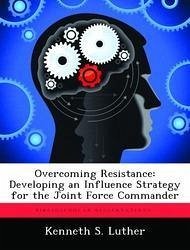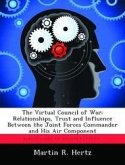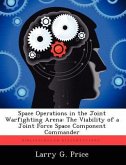It is the enemy's will to resist that is the true objective of war. Destruction of his armed forces is a means and not necessarily mandatory to achieve this objective. To save the precious resources of blood and treasure and to assure the continuance of policy, United States military commanders should focus their attention on overcoming the enemy's will to resist through effective influence operations. Current deficiencies in influence activities often compel the United States to resort to an inappropriate use of military force. Often this use of force is counterproductive and reinforces the negative perceptions of the United States. Instead of applying strategic communication, the Joint Force Commander should focus on the influence of foreign populations in pursuit of national security objectives and to do this the Joint Force Commander should borrow from the methods of political campaigning and business marketing. Preeminent to this concept is overcoming an audience's natural resistance to an idea. In fact, overcoming resistance is an often overlooked facet of any influence activity. All too often, the construction and execution of messaging is the central focus of influence activities, yet the conditions for the positive reception of messages has not been obtained. The monograph conducts a practical examination of current problems of joint force influence activities and examines the term strategic communication to make the argument for the development of an influence strategy central to the theater strategy. The monograph examines communication theory as it relates to an influence strategy and conducts a comparative research analysis of political campaign and marketing models. By comparing the major aspects of both these models, appropriate aspects of influence activities can be identified for use by the joint forces integrated into the assessment, planning and execution functions of the command. Massive reorganization efforts and substantial increases in budget








